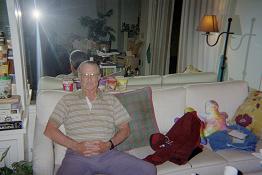
Note the assortment of pillows,
ice cream pints, and the model
F-106 fighter of mahogany.
Dates: March 16 to 19, 2009
Note 1: All UTM coordinates are zone 11 and use the WGS84 datum.

|
|
Bob Packard in my living room. Note the assortment of pillows, ice cream pints, and the model F-106 fighter of mahogany. |
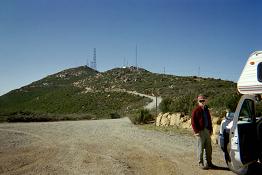
|
|
The summit of Otay Mountain from Doghouse Junction. |
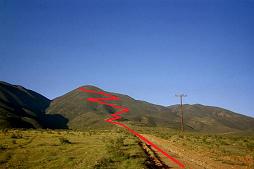
|
|
The driving approach for Cerro Bola as indicated in red. |
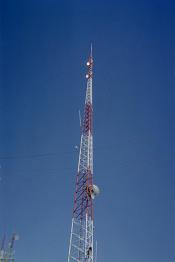
|
|
An impressive antenna mast atop Cerro Bola's northeast summit. |
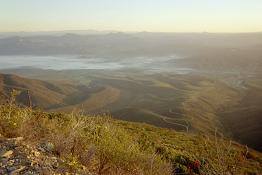
|
|
Ground fog during the Cerro Bola descent. |
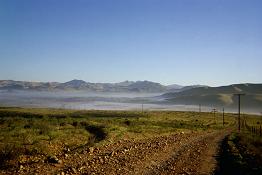
|
|
Morning ground fog after the Cerro Bola descent. |
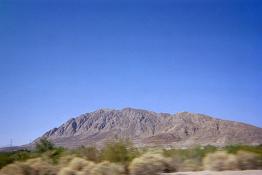
|
|
Centinela seen from due east. |
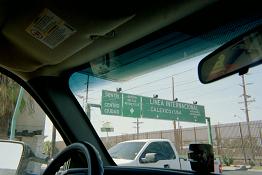
|
|
We enter the line for vehicles crossing from Mexicali to the USA. |